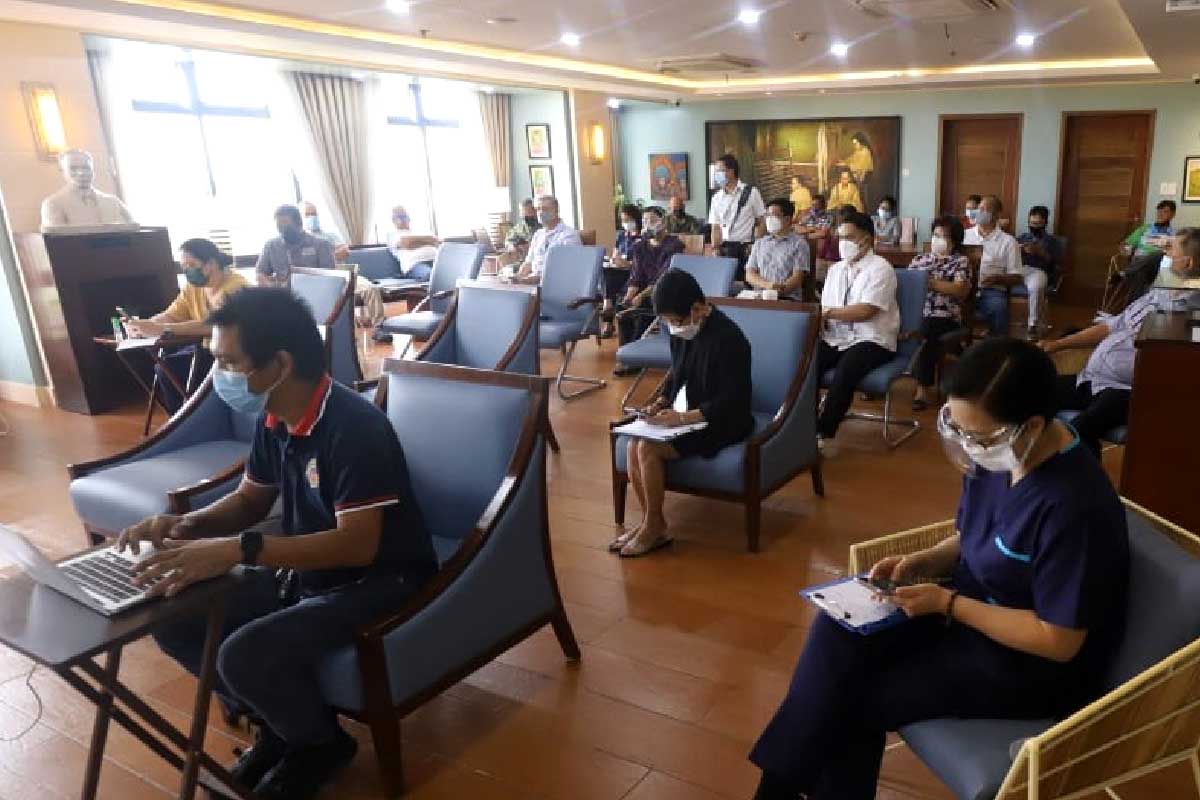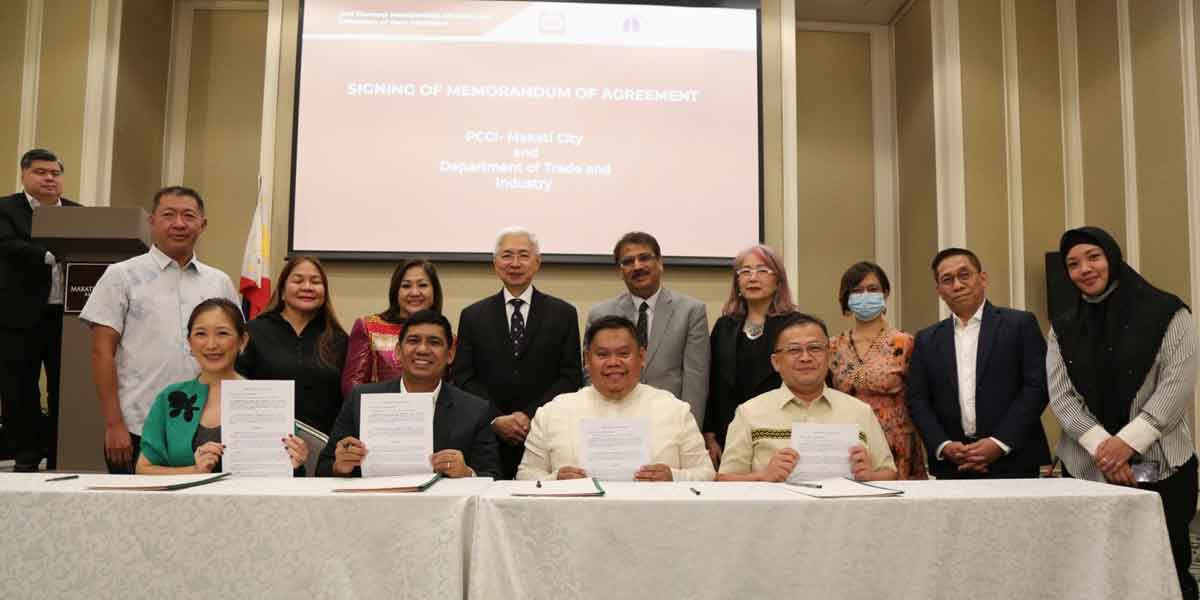
By Joseph B.A. Marzan
Western Visayas is now in the low-risk column as new COVID-19 infections are slowing down, according to data from the Department of Health-Western Visayas Center for Health Development (DOH-WV CHD) as of June 20, 2021.
The downgrade came after the region spent a week in the high-risk classification due to the continued surge in new cases.
Dr. Marie Jocelyn Te, Medical Officer IV of the DOH-WV CHD, delivered the overall COVID-19 situation, as well as COVID-19 vaccination updates in Monday’s “Isyung Bakuna” online series.
DOH-WV CHD figures as of June 20 indicated that the region has 60,178 COVID-19 cases (12,788 active, 46,006 recovered, and 1,365 dead).
The region’s positivity rate continued to climb to 8 percent, compared to June 13 (7.7 percent) and June 5 (7.3 percent), with 62,732 individuals yielding positive results out of 779,367 tested.
Based on the presence of symptoms, 61.0 percent were asymptomatic, 34.3 percent were mild, and 4.65 percent were either moderate, severe, or critical.
The region’s Case Fatality Rate (CFR), which refers to the number of deaths compared to the total number of cases in the region, was slightly down as of June 20 (2.27 percent), compared to June 13 (2.30 percent).
But this is still higher than the National CFR (1.73 percent), and the Global CFR (2.27 percent).
On a per-area basis Capiz has the highest CFR (3.12 percent), followed by Antique (2.98 percent), Iloilo City (2.51 percent), Iloilo province (2.47 percent), Bacolod City (2.43 percent), Negros Occidental (1.78 percent), Guimaras (1.75 percent), and Aklan (1.65 percent).
LOW RISK
As to the region’s low risk rating, Te said this was due to decreases in the 2-Week Growth Rate (2WGR), Average Daily Attack Rate (ADAR), and Health Care Utilization Rate (HCUR).
The 2WGR, ADAR, and HCUR are the risk factors used by the national government to determine an area’s community quarantine status. These factors are also used by local government units (LGUs) to craft and revise COVID-19 response policies.
The DOH uses the Community Quarantine Decision Framework (CDQF) to equate the ADAR and 2WGR and determine the over-all risk rating.
A cross between a “High” 2WGR with a “High” ADAR is considered “Critical”, while a cross with “Moderate” ADAR is equal to “High”, and a “Low” ADAR is ‘Moderate’.
A “Medium” 2WGR crossing with a “High” ADAR would mean a “High” risk rating, while a cross with “Medium” ADAR results in a ‘Moderate’ rating, and a ‘Low’ ADAR means ‘Low’ rating.
Areas with “High” ADAR and “Low” 2WGR are considered “Moderate” risk, while “Medium” ADAR would be “Low” risk, and a “Low” ADAR would mean “Minimal” risk.
“There has been a big contribution in containing the spread [of COVID] cases, and we cannot say that the cases would just keep growing. We can say that the [2WGR] and [ADAR] have decreased, that is why our risk classification are at low. Compared to [last week], there has been a bigger growth in [COVID-19] cases and the ADAR per 100,000 population,” Te said.
Aklan and Guimaras moved to the “High” column, followed by the cities of Iloilo and Bacolod and Antique province in “Moderate”, while Iloilo province, Capiz, and Negros Occidental are now in the “Low” column.
The region’s 2WGR, which refers to the rate of growth of cases in an area over a 14-day period, is down to –6 percent in the past 14 days, compared to 55.14 percent in the past 28 days.
Only Guimaras showed an increase in its 2WGR (97 percent from 55.26 percent), while Aklan (15 percent from 76.16 percent) is in the ‘Medium’ column.
In the Low 2WGR column are Antique (13 percent from 35.95 percent), Bacolod City (-3 percent from 49.60 percent), Iloilo province (-4 percent from 95.23 percent), Iloilo City (-5 percent from 68.82 percent), Negros Occidental (-12 percent from 18.40 percent), and Capiz (-40 percent from 63.38 percent).
A 2WGR equal to or less than 0 percent is considered Low, while those between 0 and 200 percent are considered Medium. Those above 200 percent are considered High, based on the CDQF.
Meanwhile, the region’s ADAR, which refers to the number of cases in an area per 100,000 population over a 14-day period, also went down to 6.77 (14 days) from 7.17 (28 days).
The ADARs of Aklan (8.63 from 7.52) and Guimaras (8.90 from 4.51) increased, thus they are in the High column alongside Iloilo City (19.99 from 21.08) and Bacolod City (17.43 from 18.03).
Antique (4.12 from 3.63), Capiz (4.32 from 7.14), Iloilo province (5.54 from 5.79), and Negros Occidental (3.73 from 4.21) are all in the Medium ADAR column.
The CDQF indicates that an ADAR of over 7 is considered High, while rates from 1 to 7 are Moderate and less than 1 are Low.
Western Visayas’ HCUR, which is the number of beds and health care facility beds and mechanical ventilators used for COVID-19 patients, remained Moderate after decreasing slightly to 64.19 percent as of June 20, from 66.29 percent as of June 13, but still higher than the June 5 figure (63.37 percent).
Based on each area, Iloilo City is in a Critical level (85.29 percent), followed by Guimaras (77.68 percent) and Capiz (73.61 percent) which are both High, Bacolod City (64.24 percent) at Moderate, and Iloilo province (58.10 percent), Antique (50 percent), Negros Occidental (46.88 percent), and Aklan (46.11 percent) at the Low levels.
While the HCUR is not used in the CQDF to equate an area’s risk rating, it is still being used as a basis for elevation to another CQ status.
For example, the Iloilo City Government in its May 16 letter used its HCUR to ask national authorities to elevate its CQ regime to the current Modified Enhanced CQ.
Te said that the DOH-WV CHD met with the Iloilo City Government and city the last week to discuss concerns about the city’s high HCUR.
This was also in light of DOH Secretary Francisco Duque’s call to increase dedicated bed capacity to 50 percent for public hospitals 30 percent for private hospitals.
“We met at the city hall about additional dedicated beds at private and public hospitals. There are other concerns, including the availability of manpower and logistics, but the local government and the private and public hospitals are seeing to it that we can add dedicated COVID beds in the city. It’s not because they don’t have available beds, but because there are also other beds being allocated,” Te said.
Close contacts who tested positive for COVID-19 also decreased based on the DOH-WV CHD data as of June 13.
Within 24 hours of confirming a case, the region was able to trace 99.28 percent of close contacts as of June 13, from 99.05 on June 6.
From 98.27 percent of close contacts testing positive for the disease, the number has gradually decreased to 94.37 percent on June 6, but rose by a pinch to 94.69 percent on June 13.
VACCINATION
DOH-WV CHD data on COVID-19 vaccination showed that 325,108 individuals in the region have received at least the first dose of the COVID-19 vaccine while 98,216 individuals are now fully vaccinated.
Persons who received the first jab is 18.91 percent of the 1,719,298 listed under priority group A, while only 5.71 percent have received their second dose.
Iloilo province leads the number in the most number of persons vaccinated (80,063 total; 23,309 with second dose), followed by Negros Occidental (66,103 total; 16,021 with second dose), Iloilo City (47,347; 14,718 second dose), Bacolod City (40,100; 12,051 second dose), Capiz (28,492; 11,582 second dose), Aklan (26,887; 8,804 second dose), Antique (26,723; 8,851 second dose), and Guimaras (9,393; 2,880 second dose).
The region has received 535,040 vaccine doses, comprised of Sinovac’s Coronavac (384,040), AstraZeneca’s AZD1222 (137,200), and Pfizer and BioNTech’s BnT162b2 (14,040).
Te said the DOH Central Office confirmed that additional allocations of the BnT162b2 vaccine will be sent to Western Visayas, but there is no exact date yet.
Out of the 14,040 BioNTech doses, only Capiz (2,340) and Negros Occidental (11,700) received their allocations on June 17.
As to the reports of Indonesian health workers contracting COVID-19 and being hospitalized even after being inoculated with the Chinese-made Coronavac, Te said that more information is needed on the incidences as they continue to advocate for the vaccines.
DOH Undersecretary Maria Rosario Vergeire also told CNN Philippines on June 18 that the Indonesian cases were lacking with details.
“We do not have enough data to prove that Sinovac ineffective against COVID-19. In Indonesia where hundreds of infections were reported among vaccinated health workers, we really don’t know the total number of health workers to state the effectiveness. So far, all COVID vaccines available now are very safe an effective to prevent the severe COVID-19 that would result to hospitalization and even deaths,” Te said.
On whether the available vaccines in the Philippines are good enough to protect individuals from foreign variants, she said that the DOH is still studying the matter.
“We are still studying on [whether or not the COVID vaccines are effective against other COVID variants], because that still needs to be studied. But when we are injected [with the COVID vaccine], we can say that we can have protection against other variants but not 100 percent because those are different, but we are still protected as a whole. Many variants have entered but we haven’t been in a critical situation,” she added.



















